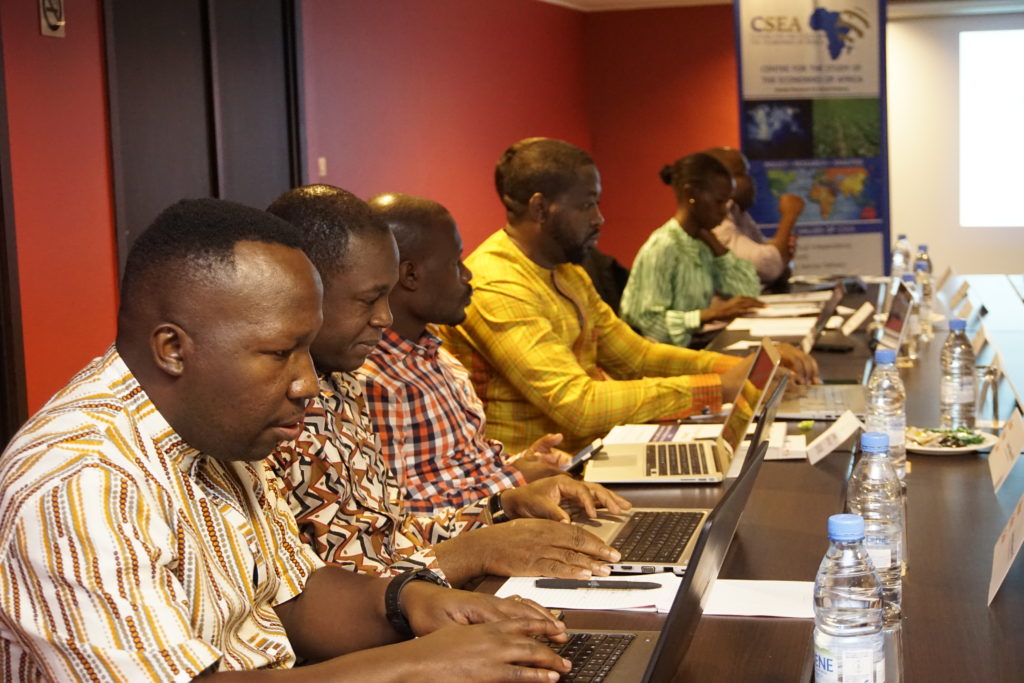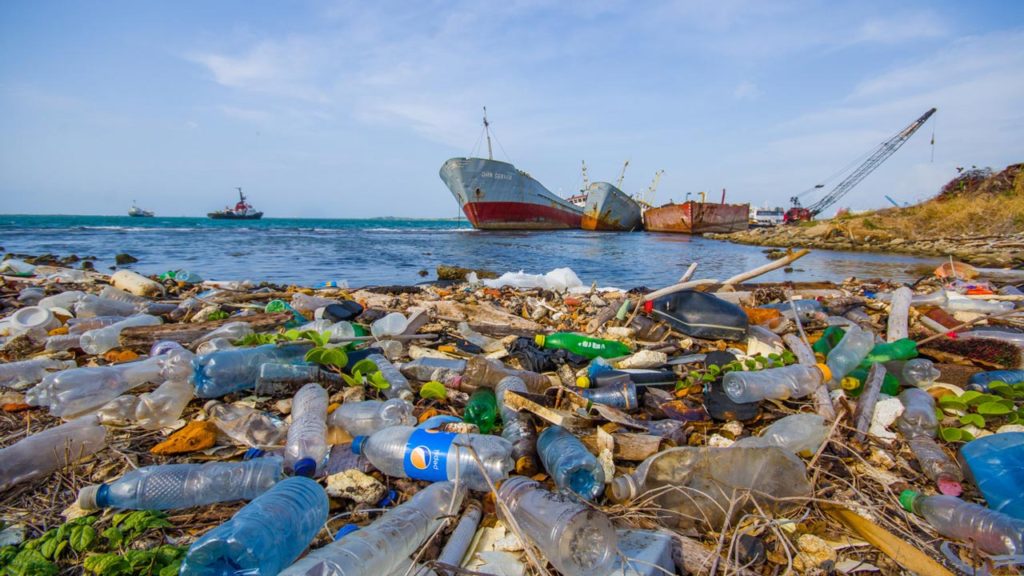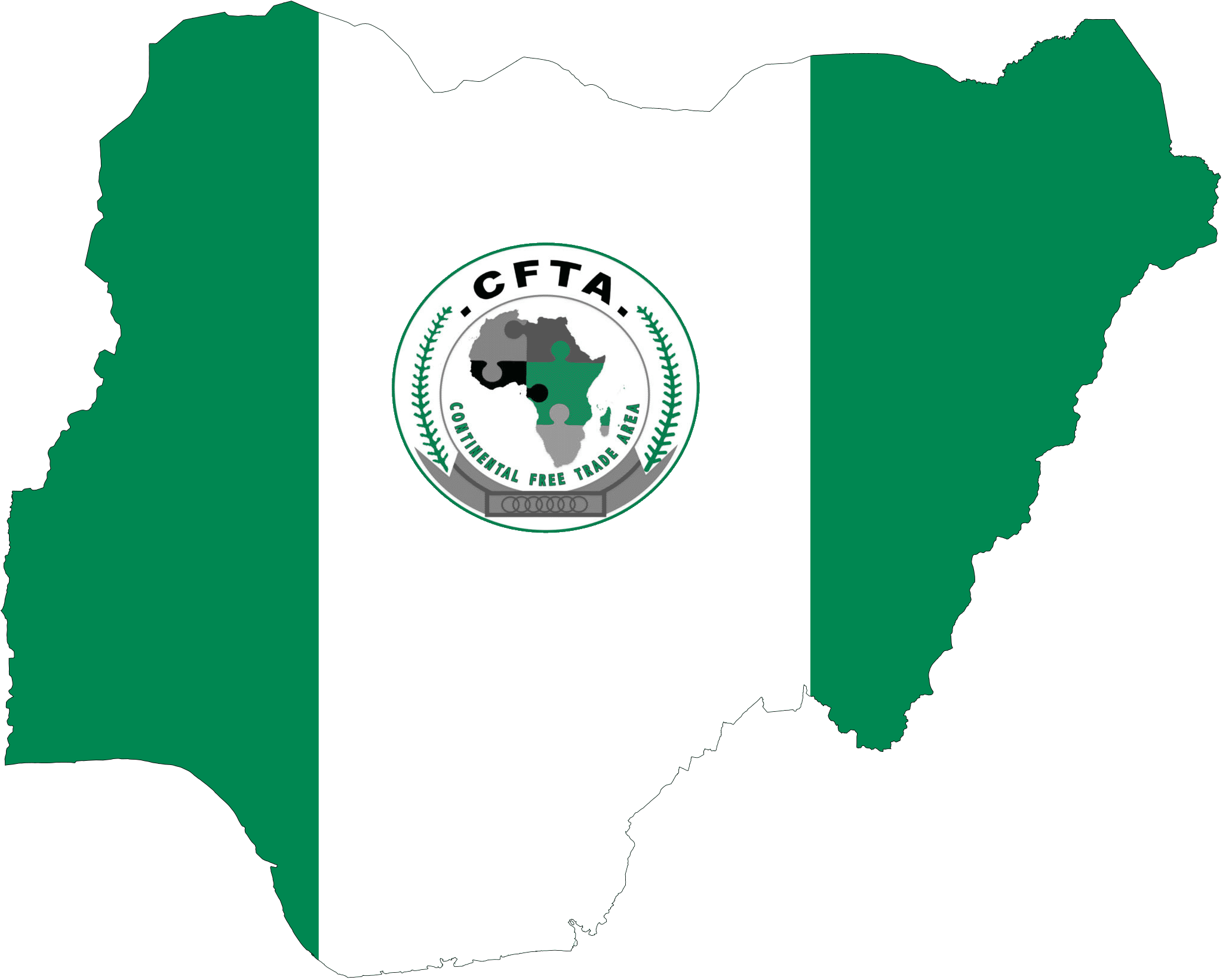Building socio-economic resilience in Nigeria by fostering productive capacities
Nigeria is the economic powerhouse of Africa. As the largest economy of the continent at US$ 440,777 (in 2021, using the World Bank’s atlas method for calculations) and the most populous country at 211 million (in 2021), it has a significant potential and critical role to play in economic revival of the entire continent. Undoubtedly, Nigeria can provide an added momentum to the process, with its growing middle class, expanding labour force and market opportunities.
In the last 20 years, Nigeria’s economic growth has mostly been positive, peaking at an impressive 15.3% in 2002, with periods of mild recession in 2016 (-1.6%) and 2020 (-1.8%). The country has witnessed a steady decrease in poverty since 1995, however, the poverty ratio remains high at 39.1% (2018) of the population living below the poverty line of $1.90 a day. Performance varies markedly between the northern and southern regions. While the poverty level stands at around 30% in the South, it hovers above 60% in the North, with states, such as Zamfara and Sokoto, with poverty rates above 80% (in 2020). Human capital underdevelopment is also prevalent in these high poverty regions, signalling a connection between poor education, poor health access and poverty. This is reflected in the disparities in Human Development Index, with Lagos at 0.686 (2019) – a medium human development and comparable to that of Morocco, and Yobe, Sokoto and Kebbi states at 0.368, 0.340 and 0.339, respectively – a low human development and comparable to that of Somalia.
Pressing Economic Challenges
When we look at the overall performance of the Nigerian economy, it becomes apparent that there are structural and institutional challenges that need to be addressed. Nigeria’s economy is oil dependent with 90% of exports is attributable to fossil fuels. Although brings substantial revenue to the State, this makes the country excessively vulnerable towards external economic shocks in the form of the fluctuation of the international price of oil and, secondly, inhibits the country’s ability to diversify its economy, create new employment opportunities and advance structural economic transformation to reduce poverty. At the same time, the services account for 46% of GDP (in 2020),
though largely dominated by the informal sector, which limits state revenue and negatively affects proliferation of decent jobs. Agriculture continues to be important, contributing about 24% of GDP, but it is concentrated around subsistence farming. Poor productivity in the service and agricultural sectors inhibits strong and inclusive growth as well as structural economic transformation. The oil sector which accounted for 8.8% of the GDP between 2010-2020, contributed about 60% of the government revenue in the same period. Recent revenue shortfalls have increased deficit, raising public debt from 27.6% of GDP in 2019 to 35% in 2021. With the COVID-19 pandemic, the revenue
problem is aggravated, and fiscal sustainability is emerging as a major concern to the long-term growth.
A closer look at some aspects of Nigeria’s economic development and related indicators reveals pressing challenges. First, the largest economy in the continent ranks 18th in Africa in terms of per capita income. This is not only the result of sheer population size but an indication of the prosperity (or lack thereof) of the population and contributions of citizens to the national wealth. By enhancing productivity of labour, through training and technological catch up, the GDP per capita of Nigeria could be improved. Second, being extractive sector-driven economy, Nigeria has inherent rigidities in terms of absorbing labour in the national economy. This is because, extractive sectors by their nature are capital intensive and generate relatively small employment opportunities. Third, as the Nigerian economy is dependent on natural capital and export of raw or unprocessed commodities, it is subject to the vagaries of external shocks- be they economic, political or health related. Due to the COVID-19 pandemic, Nigeria’s economy is expected to face the most severe recession in decades: GDP dropped by nearly 4% in 2020 and the recovery for 2021 and 2022 has remained sluggish, particularly when compared with the growth rate of the population. As a result, the gains in poverty reduction achieved after several decades have started to reverse. Some estimate puts that extreme poverty is expected to increase with the number of poor likely to grow by 15-20 million by the end 2022. Finally, as with most economies of Africa, these are the results of weak economy-wide productive capacities and lack of structural economic transformation.
PCI of Nigeria or where does Nigeria stand in its productive capacity development?
Using UNCTAD’s innovative productive Capacities Index (PCI), it is possible to measure Nigeria’s performance and capacity to grow and develop. With its eight components – Natural capital, Human capital, Energy, Private sector, Institutions, Structural change, ICT and Transport – the PCI draws a broad multidimensional picture of countries’ domestic capacities. Nigeria’s PCI estimates revealed serious gaps and limitations which need to be urgently addressed. On the overall composite index Nigeria’s score was at 21.65 in 2018 (prior to the COVID-19 pandemic), and it positions the country at 185th place in the world and 44th in Africa – which is not reflective of its economic might and national aspirations. With the exception of Natural Capital and Private Sector components, Nigeria fares low in other key components, such as Human Capital, Energy, Transport, ICT, Institutions, which are critically important for accelerating inclusive and sustainable growth as well as kick-starting the process of structural economic transformation.
What is the way forward?
The development challenges Nigeria faces call for a new policy approach and the formulation and implementation of new generation development policies centred on the fostering of productive capacities. This should signal a shift away from short-term, sector and project specific interventions. The analysis of Nigeria’s PCI clearly indicates an urgent need to refocus policy interventions and national development strategies towards fostering domestic productive capacities, which will enable structural transformation and economic diversification. Furthermore, they will ensure that the country participates in value added segments of the global economy, rather than serves as a commodity supplier.
Building domestic economy-wide productive capacities requires special attention to be paid to building institutions which will govern the rules of economic conduct. This is needed to make it attractive for business to invest, develop and operate. For this, improvements in the quality of human capital are also necessary, and only possible through the implementation of an adequate educational policy able to cater for the needs of the market and one which anticipates changes and shifts in the assortment of output of the national economy. Lastly, a focus on infrastructure development - that is transport, energy, and ICT -is imperative, as it facilitates economic interactions. The challenges are significant, the opportunities available, and the success within reach.
About the authors
Mr. Paul Akiwumi, Director, Division for Africa, LDCs and Special Programmes, UNCTAD
Dr. Chukwuka Onyekwena, Executive Director, Centre for the Study of the Economies of Africa, Abuja, Nigeria
This article was first published on Businessday


 English
English
 Arab
Arab
 Deutsch
Deutsch
 Português
Português
 China
China



